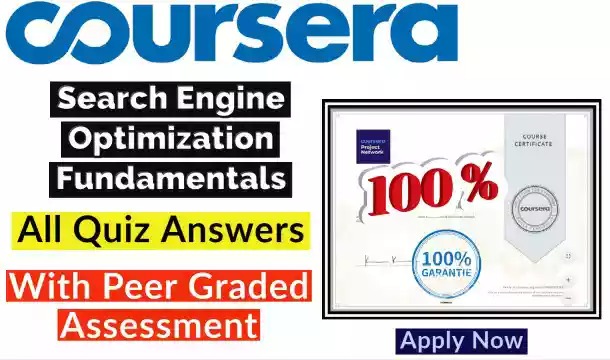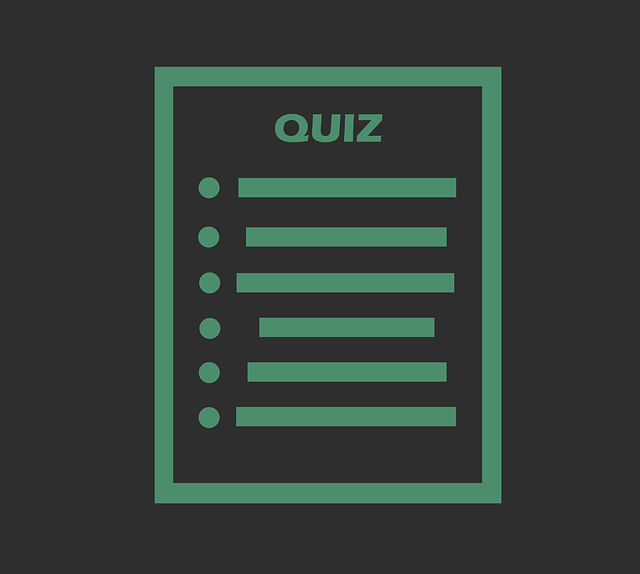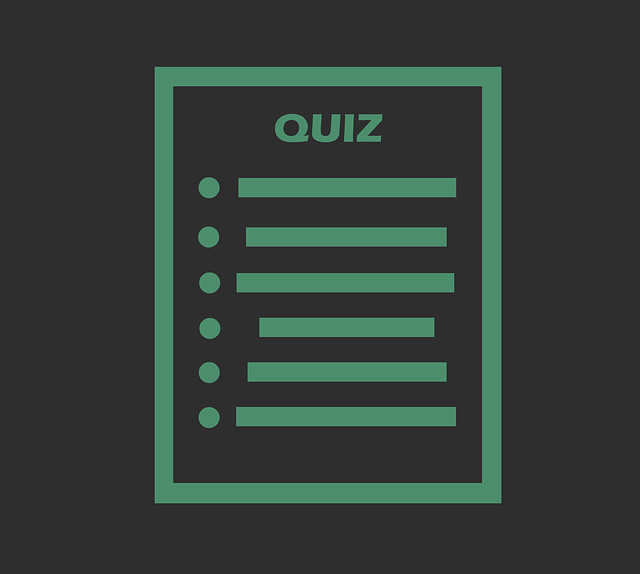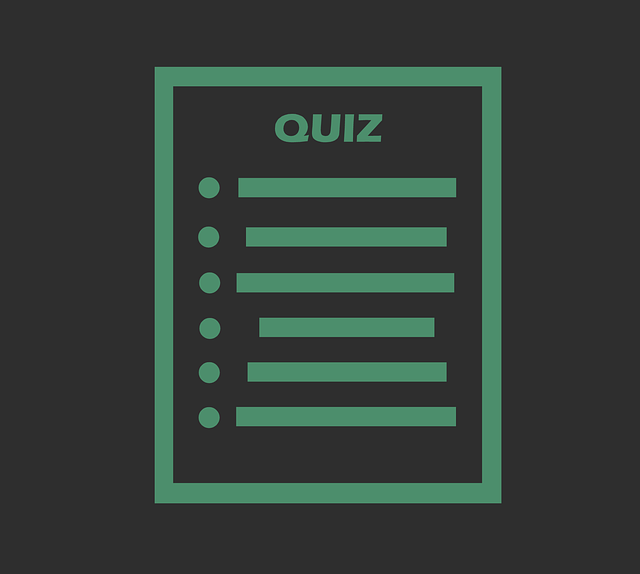Search Engine Optimization Fundamentals Coursera Quiz Answer
Week- 1
On-page SEO Review
1.
Question 1
Which of the following is an aspect of on-page SEO?
2 points
- Encompassing social media
- Improving source code
- Optimizing site keywords
- Developing links to your website
2.
Question 2
Which of the following meta-data are important to on-page SEO? (Select all that apply.)
2 points
- Title tags
- Heading tags
- Meta-description
- Meta-keywords
3.
Question 3
Why is it important to have the brand at the end of the title tag?
2 points
- The brand name can then be abbreviated
- The company is concerned about branding first and foremost
- What the page is about should be first
4.
Question 4
What IS NOT a best practice for optimizing content?
2 points
- Repeat your keyword often
- Use synonyms for keywords
- Add images and other resources
- Link to other related websites
5.
Question 5
What is the best way for looking at all the information needed for on-page SEO?
1 point
- Only look at the search results
- A crawler like Screaming Frog
- Use the title tag to tell you about the rest of the meta-data
- Look at the meta-data separately
6.
Question 6
Suppose you want to make sure to cover the three key areas of SEO; which of the following would you put into place?
1 point
- Branding, keywords and title tags
- Improving source code, social media, and analyzing meta-data
- On-page Optimization, Technical Optimization, and Off-page Optimization
7.
Question 7
Suppose you have searched for a topic of interest in a search engine, when the Meta-Data returns some words in the meta-description are in bold; what are these words in bold type?
1 point
- Keywords
- Meta-Data
- Meta-Tags
- Website or URL
8.
Question 8
Which of the following are best practices to optimize a Title Tag for SEO? (Select all that apply.)
1 point
- Only use important keywords in Title Tag
- Make sure Title Tag accurately and concisely describes your page
- Aim to make Title Tag no longer than 75 to 140 characters in length.
- Aim to make Title Tag no longer than 55 to 60 characters in length
- Put keywords at the end of a Title Tag
9.
Question 9
Which of the following are ways to best use Meta Descriptions for on-page optimization strategy? (Select all that apply.)
1 point
- Write a meta description using keywords as much as possible while accurately describing the content.
- Don’t worry about crafting a good meta description because it does not directly impact rank.
- Aim to keep meta descriptions under 160 characters in length.
10.
Question 10
Which of the following are best practices for content optimization? (Select all that apply.)
1 point
- Duplicate relevant text or content on one page of your site to other related pages to make sure users see it.
- Make sure content is relevant to the theme of your site.
- Organize content within subdirectories
- Add unique content that adds value to site visitors and users.
- Just copy content from other sites to save yourself time as long as it is high quality.
Week- 2
Off-site SEO Review
1.
Question 1
How did page rank used to be determined? (Select all that apply.)
2 points
- By an exponential rank from 0-10
- By the quality of links to your website
- By the number of visitors to your website
- By the amount of links to your website
2.
Question 2
What IS NOT a best practice for creating strong site authority through links?
2 points
- Edit your back link profile regularly
- Try to remove spammy links
- Make sure that good keywords in anchor text is used for links
- Have a link exchange with another website
3.
Question 3
A natural link profile would have a link such as:
(Select all that apply.)
2 points
- Click here
- Anchor text surrounded by content that relates
- www.example.com
4.
Question 4
Why is social media an important tool of off-page SEO? (Select all that apply.)
2 points
- It helps to build a brand
- Social media can improve site authority just like any other link
- Some social media pages are crawled and indexed
5.
Question 5
What IS NOT an opportunity of Pinterest?
2 points
- Pins and boards are indexed
- Pinterest can create a strong back link profile to your website
- Ranks well for long tail niche keywords
- Boards with more active followers rank better in searches
6.
Question 6
Which elements make up an effective Off-site SEO strategy? (Select all that apply.)
1 point
- Check Toolbar PageRank
- Increase brand recognition through social media.
- Gain genuine, high-quality links to your site.
7.
Question 7
Which of the following are best practices to earn links naturally and be judged well by Google? (Select all that apply.)
1 point
- The relevance of sites linking to your site.
- Skillfully manipulating other sites to link to your site
- Having requests for “no follow” code on links
- Quality of links back to your site
- Gaining a high amount of links to your site from other related sites attracted by good content
8.
Question 8
Which of the following are good ways to earn links to your site naturally? (Select all that apply.)
1 point
- Cater to your user base
- Purchase links from related sites
- Create a great user experience on your site
- Provide great content for your user base
9.
Question 9
Which of the following are ways to optimize social media as part of your overall SEO strategy? (Select all that apply.)
1 point
- Make attention to social media part of your overall SEO strategy, but you don’t need to focus on it until much later in the processCreate great content that is attractive as a Tweet or Re-Tweet.
- Neglect “no follow” links because they have no SEO benefit.
- Optimize your Pinterest boards.
10.
Question 10
In which of the following ways can link analysis benefit your SEO? (Select all that apply.)
1 point
- Maximize backlinks
- Avoid penalties
- Improve site authority
Week- 3
Technical SEO Review
1.
Question 1
Which of the following IS NOT an aspect of technical SEO?
2 points
- Resolving site errors
- The creation of XML and HTML Sitemaps
- The creation of robots.txt files
- Optimizing site keywords
2.
Question 2
Which of the following are functions of the robot.txt file? (Select all that apply.)
2 points
- It provides search engine bots your preferences for crawl speed
- It outlines the site structure
- It identifies specific pages that should not be crawled by search engine bots
3.
Question 3
It is important to include an XML Sitemap for all of the following reasons EXCEPT:
2 points
- The XML Sitemap includes behind the scenes activity of your website such as when a page was last updated
- With new sites it can be uploaded to Google Search Console or Bing Webmaster tools to inform the search engine of the presence of your site
- The XML Sitemap outlines the site structure for search engine bots
- It outlines the structure of your site for your audience
4.
Question 4
When updating to a new site, which of the following is the most preferred method of redirecting from an old page to new content?
2 points
- A permanent redirect from the old page to the most relevant category in the new site
- A permanent redirect from the old page to a comparable new page
- A temporary redirect from the old page to the most relevant category in the new site
- A temporary redirect from the old page to a comparable new page
5.
Question 5
Why are soft 404 errors more difficult to resolve than traditional 404 errors?
2 points
- Because they are due to server error, your must wait for the error to resolve itself
- It takes time to design custom 404 error pages for your site
- Because they do not pose a problem for SEO, webmasters are slow to address them
- Soft 404 pages are pages that still return a status code of 200 (okay) and are picked up by tools such as Google Search Console
6.
Question 6
Which of the following is Technical SEO concerned with? (Select all that apply.)
1 point
- Laying a strong visual presence for your site
- Make it easier for search engine robots to index your site.
- Make it easier for your audience to find your site.
7.
Question 7
___________ SEO focuses on how well search engine spiders can crawl your site and index your content. Which of the following correctly fills this blank?
1 point
- Technical
- Off-page
- Off-site
- On-page
8.
Question 8
You have been hired to optimize a website, which of the following is essential to include in your SEO strategy? (Select all that apply.)
1 point
- Content and Keyword recommendations
- Maximize visual attractiveness and color balancing
- Technical SEO
- Off-page Strategy
9.
Question 9
HTTP Response Status Codes are an important part of Technical SEO; what does HTTP stand for?
1 point
- High Text Transfer Protocol
- Hypertext Transfer Protocol
- Hyper Text Trial Properties
10.
Question 10
Which of the following are best practices for designing and handling 404 error pages on your site? (Select all that apply.)
1 point
- Look and feel of the 404 page should differ in style from the rest of your site so as not to be confused with active content.
- On arriving at a 404 page, provide users with helpful links
- Redirect to a more appropriate page
- Maximize the amount of 404 pages a site produces.
Week- 4
Keyword Theory & Research Review
1.
Question 1
A new site that sells Sci-fi memorabilia is about to launch. Which of the following keywords will best drive the right kind of traffic to the site?
2 points
- Sci-fi superfan
- Han shot first (or other key pop culture Sci-fi phrases)
- Buy Sci-fi collectibles
- Top Sci-fi characters
2.
Question 2
Which of the following are ways that companies can adjust for the seasonality of searches?
2 points
- Publish blog posts to correlate with an increase in searches on the blog topic
- Adjust content for males between the ages of 18-25 based on your audience analysis
- Launch a website redesign when the product is most in demand
- Create blog posts based on common questions that your audience has
3.
Question 3
True or false: Long tail keywords should be avoided when selecting keywords for your site
2 points
- True
- False
4.
Question 4
Which of the following are reasons to conduct an audience analysis using tools like Google Trends, Alexa, Quantcast, and Follwerwonk? (Select all that apply.)
2 points
- You plan to adjust blog post and site resources based on your audience’s needs
- You would like to understand your audience to help you refine and choose keywords to target
- You select a market strategy based on the email or texting habits of your audience
- You modify the language and tone of your site based on factors such as the age or home regions of your audience
5.
Question 5
Which of the following best describes what a persona is and how persona are used in SEO?
2 points
- Personas is the general term for the roles of researcher and tester used in usability testing
- Personas are concrete representations of data from your audience analysis used to make decisions about SEO strategy such as keywords, content tone, and content topics
- Personas are carefully defined characters used in marketing and commercials geared toward your audience’s driving motivations
- Personas are avatars who welcome visitors to your site and increase repeat traffic
6.
Question 6
Which of the following are ways to refine keywords to better match the terms your target audience might use to find you? (Select all that apply.)
1 point
- Keep searcher intent in mind
- Move from a broad descriptive word like “Games” to a more specific descriptive phrase like “PC Games”
- Provide only relevant keywords to a specific question a user is asking but not information a user might want to ask.
7.
Question 7
Which of the following represents the path and progress through the stages of a search in the correct order?
1 point
- Awareness > Preference > Evaluation > Purchase
- Awareness > Evaluation > Preference > Purchase
- Navigational > Transactional > Informational
- Evaluation > Preference > Awareness > Purchase
8.
Question 8
Which of the following will help to brainstorm good longtail keywords and generate content ideas?
1 point
- Brainstorm with a small group of friends who think they know your target audience.
- Use a whiteboard to write out your ideas
- Consider questions users will ask and prefixes such as “How…,” “Why…,” “Where…” “Which…”
9.
Question 9
Suppose you know your audience is active on Twitter, which of the following would be a good tool to use to gather data?
1 point
- Followerwonk
- Alexa
- SimilarWeb
- AARP Analytics
10.
Question 10
What does a persona represent?
1 point
- Your ideal buyer
- A cross-section of the demographic data
- Localized phrases used to describe an item like cookie vs. biscuit or soda vs. pop.
- Optimized keyword content and phrases
Peer-graded Assignment: Analyzing Website Rankings and Recommendations to Improve Its Position





